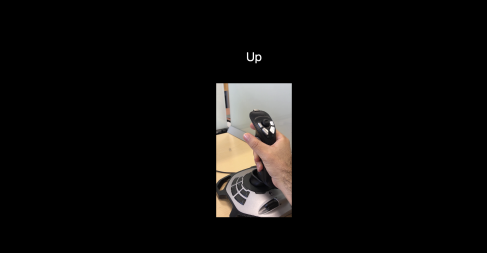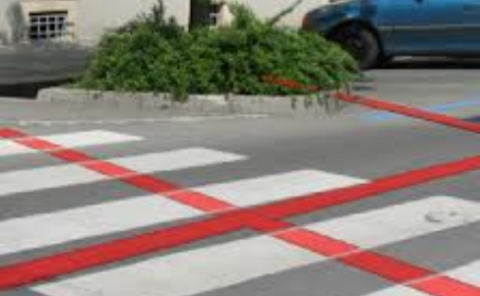A Multi-label Classification Approach to Increase Expressivity of EMG-based Gesture Recognition
PubDate: Sep 2023
Teams: Northeastern University;Meta;
Writers: Niklas Smedemark-Margulies, Yunus Bicer, Elifnur Sunger, Stephanie Naufel, Tales Imbiriba, Eugene Tunik, Deniz Erdoğmuş, Mathew Yarossi
PDF: A Multi-label Classification Approach to Increase Expressivity of EMG-based Gesture Recognition

Abstract
Objective: The objective of the study is to efficiently increase the expressivity of surface electromyography-based (sEMG) gesture recognition systems. Approach: We use a problem transformation approach, in which actions were subset into two biomechanically independent components - a set of wrist directions and a set of finger modifiers. To maintain fast calibration time, we train models for each component using only individual gestures, and extrapolate to the full product space of combination gestures by generating synthetic data. We collected a supervised dataset with high-confidence ground truth labels in which subjects performed combination gestures while holding a joystick, and conducted experiments to analyze the impact of model architectures, classifier algorithms, and synthetic data generation strategies on the performance of the proposed approach. Main Results: We found that a problem transformation approach using a parallel model architecture in combination with a non-linear classifier, along with restricted synthetic data generation, shows promise in increasing the expressivity of sEMG-based gestures with a short calibration time. Significance: sEMG-based gesture recognition has applications in human-computer interaction, virtual reality, and the control of robotic and prosthetic devices. Existing approaches require exhaustive model calibration. The proposed approach increases expressivity without requiring users to demonstrate all combination gesture classes. Our results may be extended to larger gesture vocabularies and more complicated model architectures.


